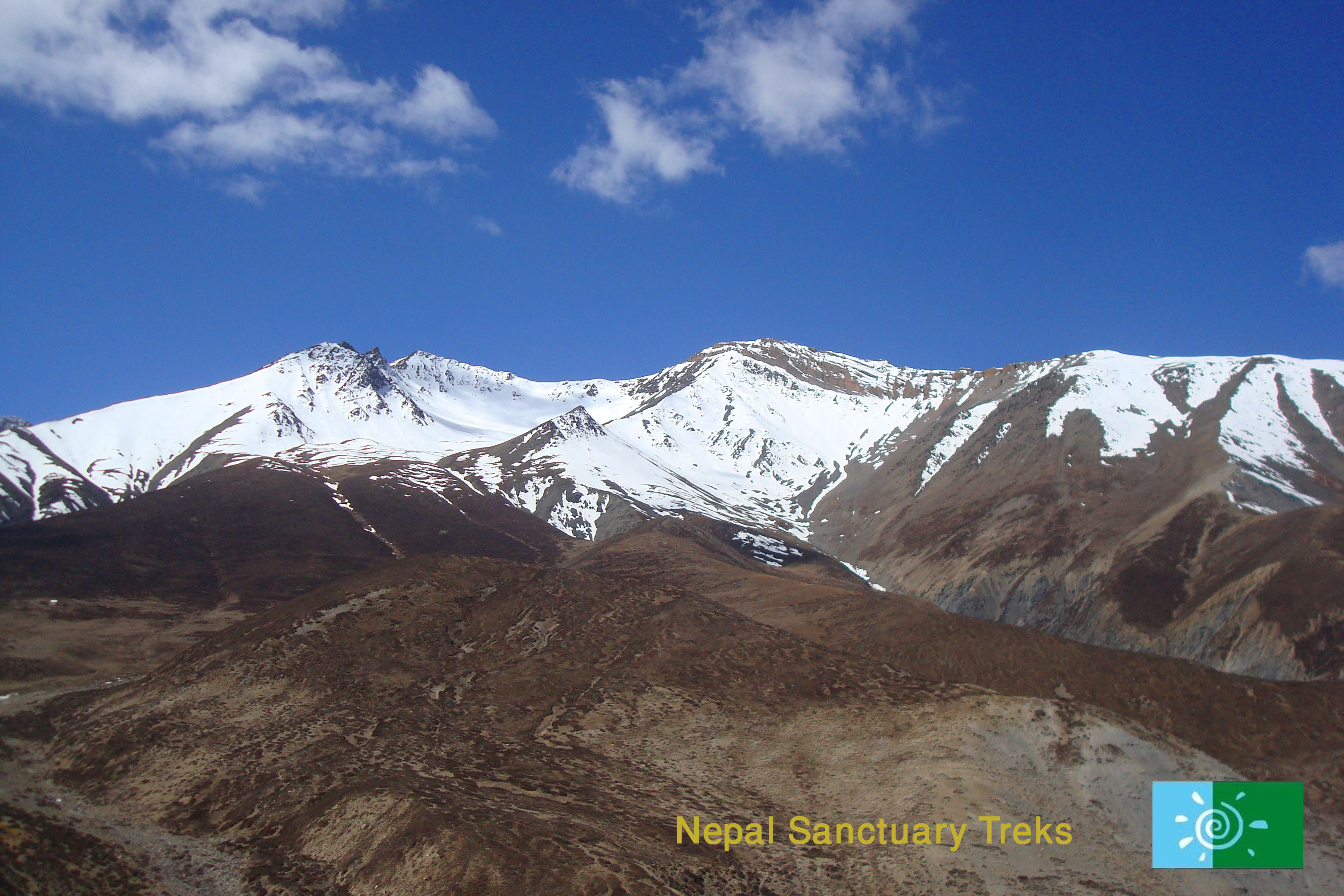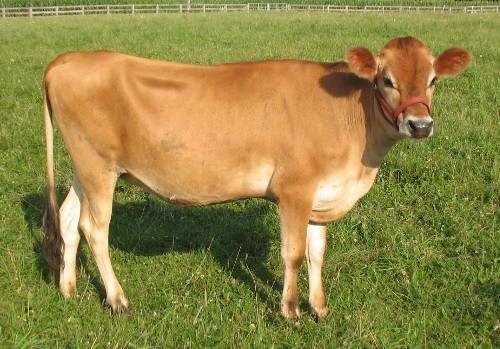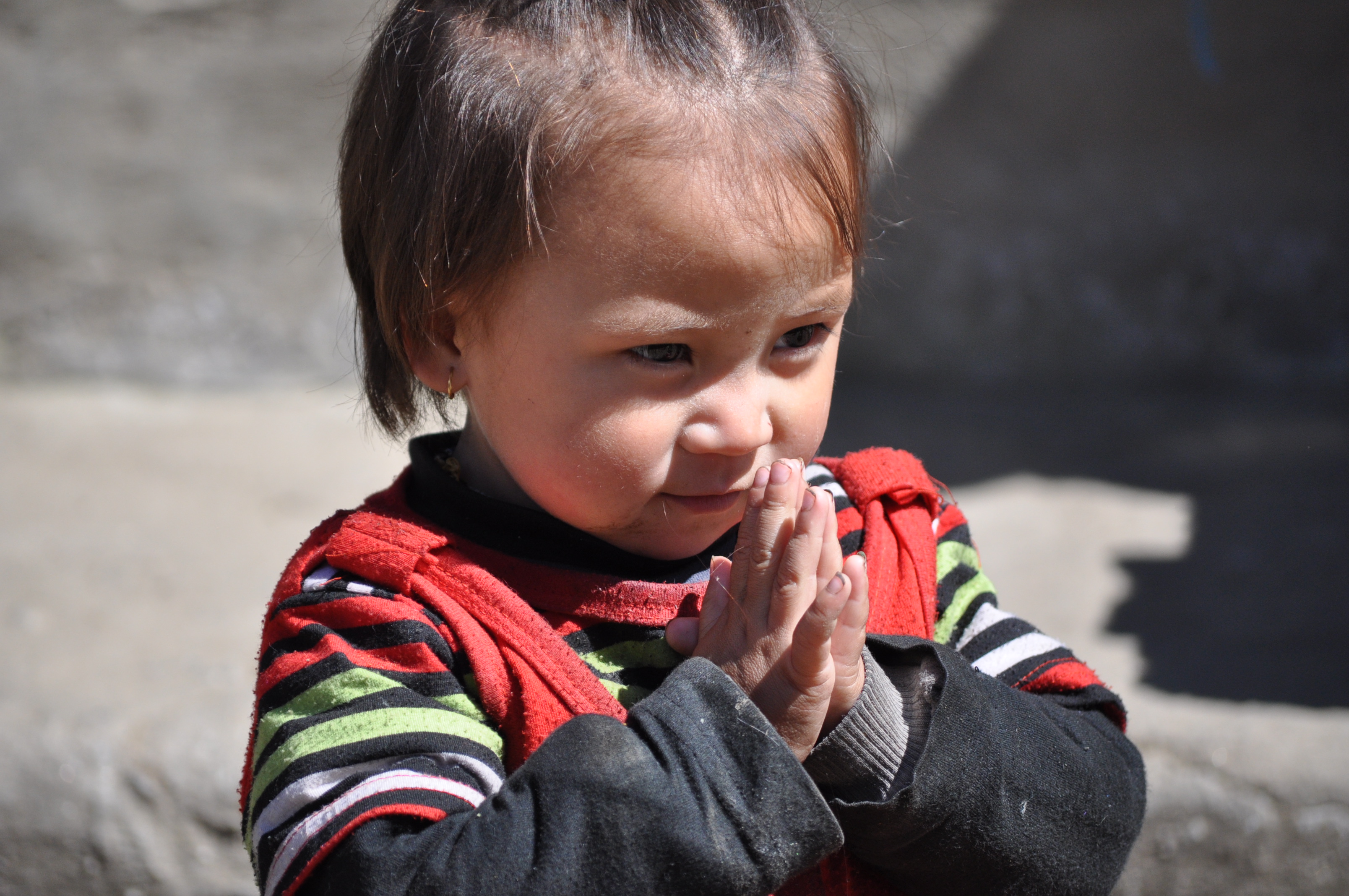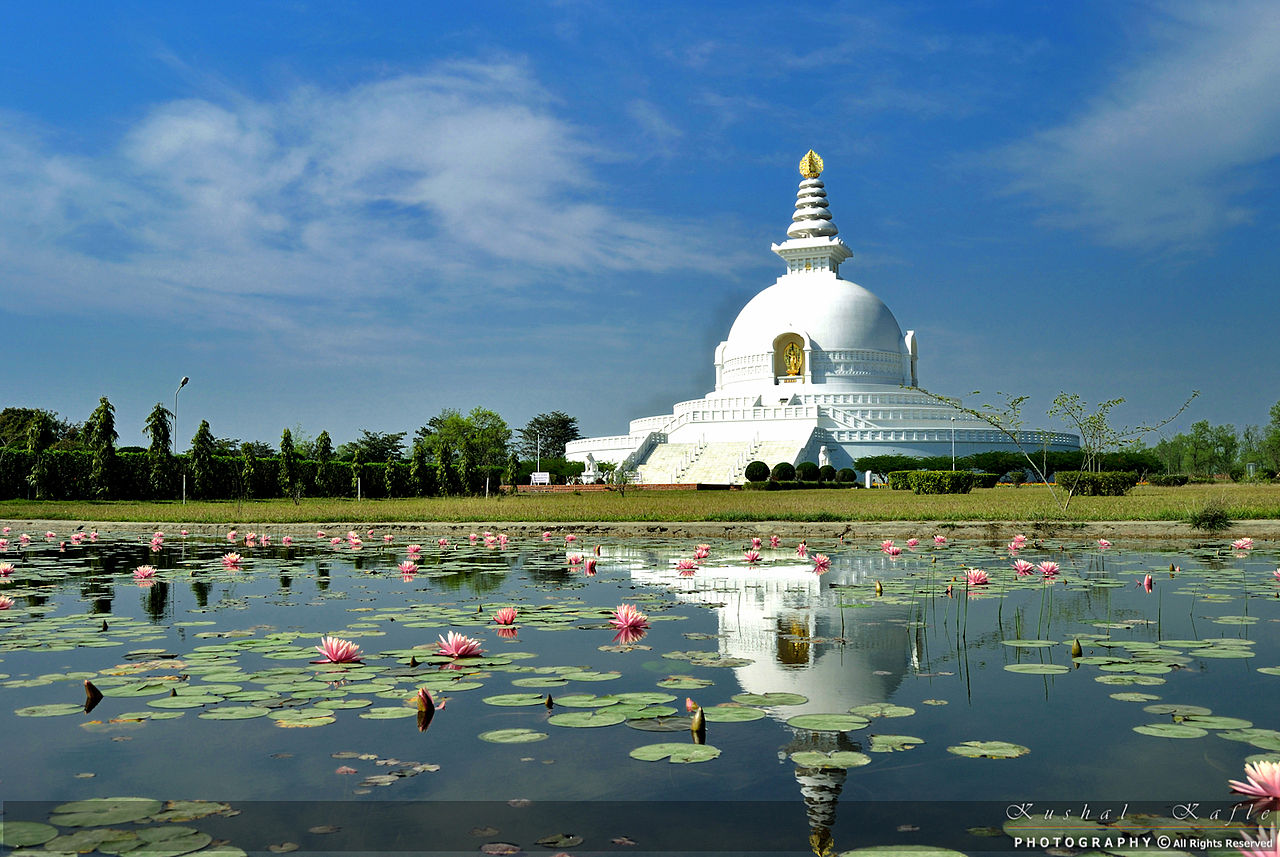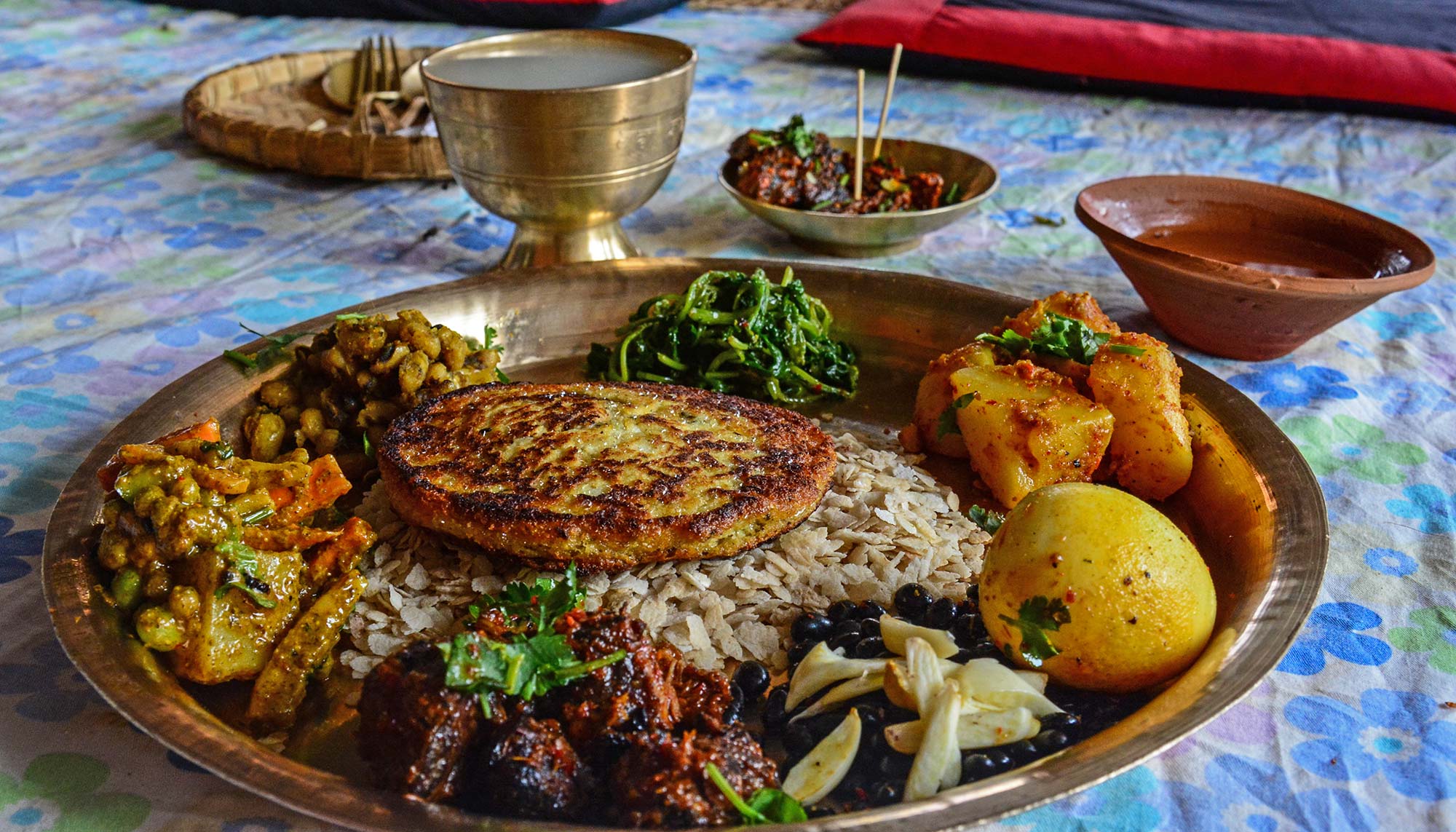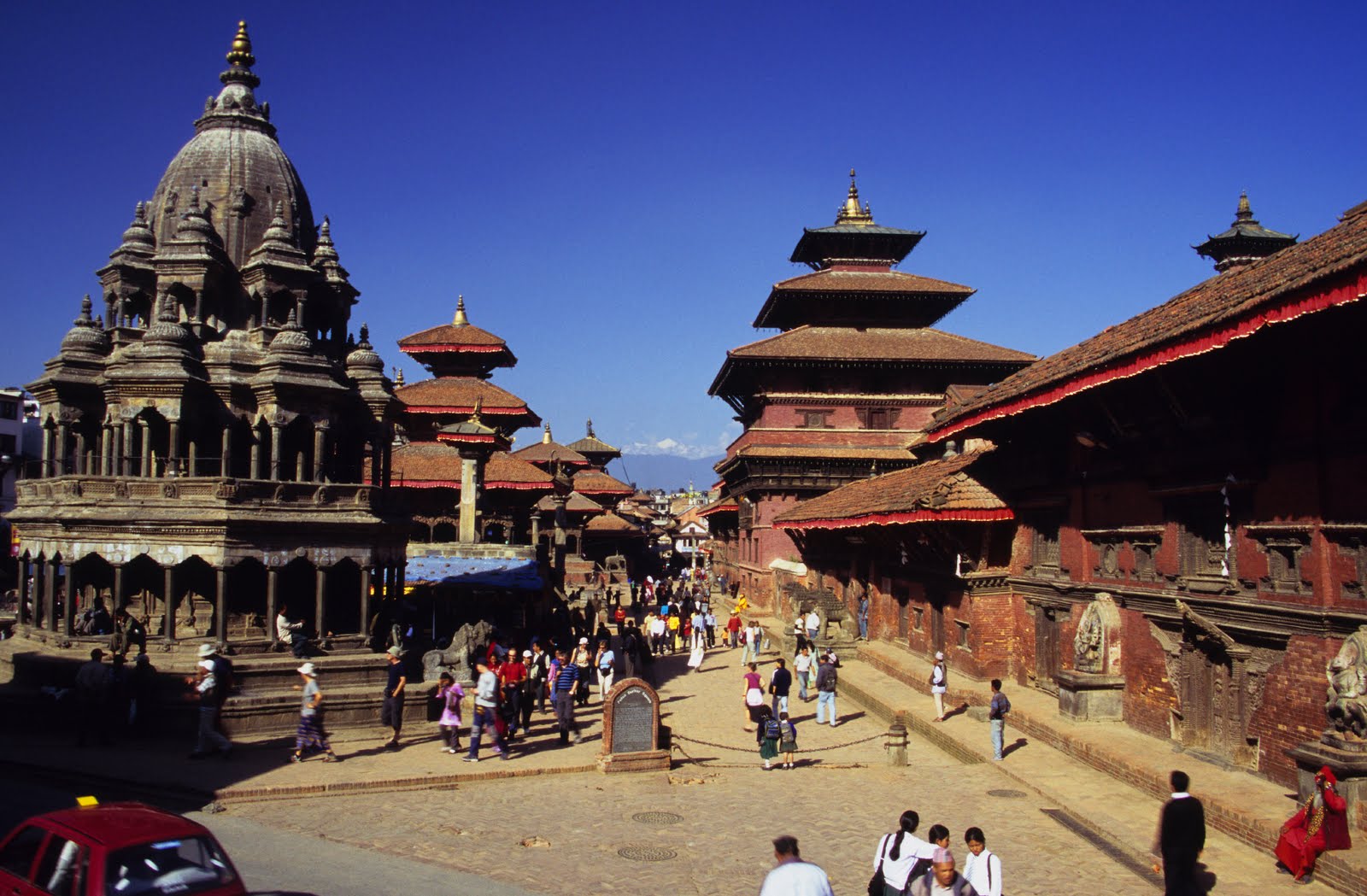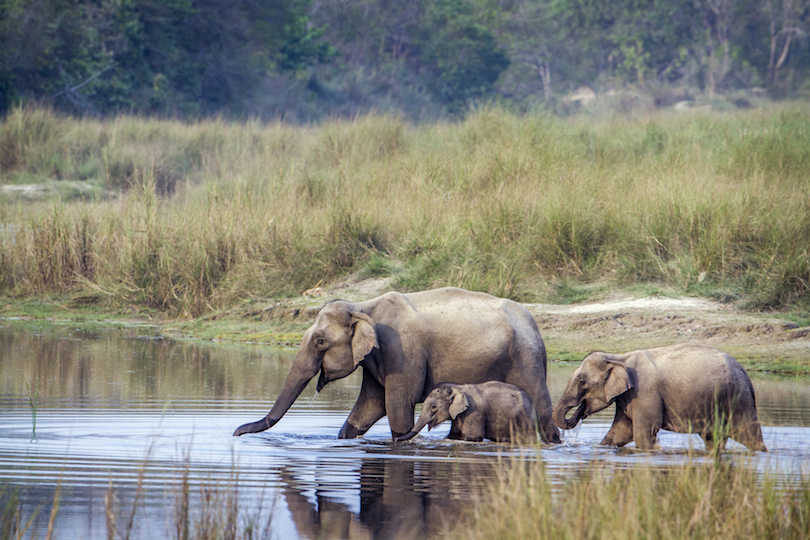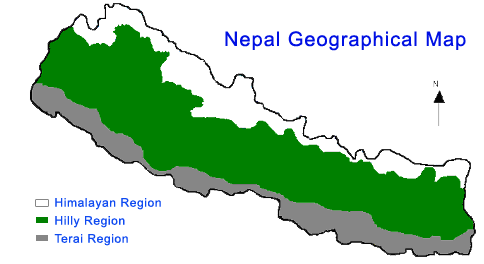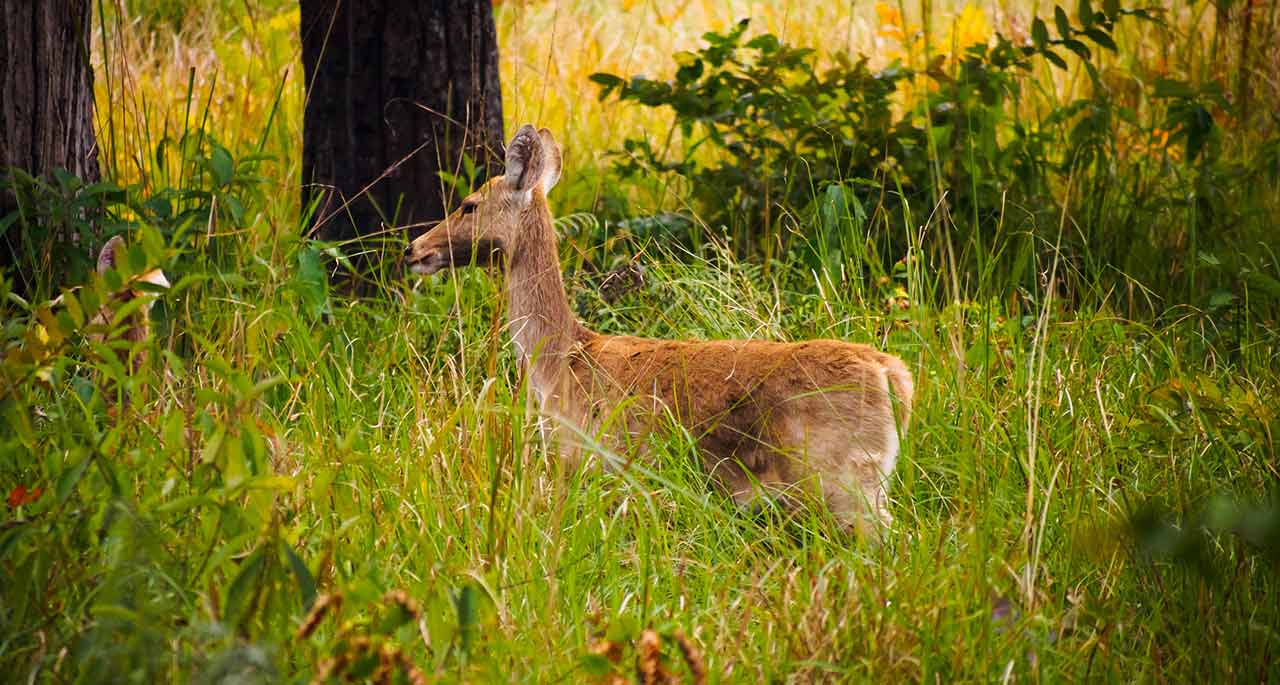Though Nepal is geographically small but it is rich in natural as well as the cultural heritage. Nepal is a beautiful country with a wide variety of flora and fauna. Nepal holds the endangered species of wildlife such as Bengal tiger, one-horned, red panda and the multi-color of rhododendron.
Here are the facts listed below:
8 out of 14 highest Mountains
Nepal is known as the Himalayas country over the worldwide. Nepal has eight out of the world’s 14 highest mountains including Mount Everest. Mount Everest the highest peak on the earth at the height of 8,848 meters. In Nepali Languages the Mount Everest is called Sagarmatha which means ‘Forehead of the sky.’
Unique Flag
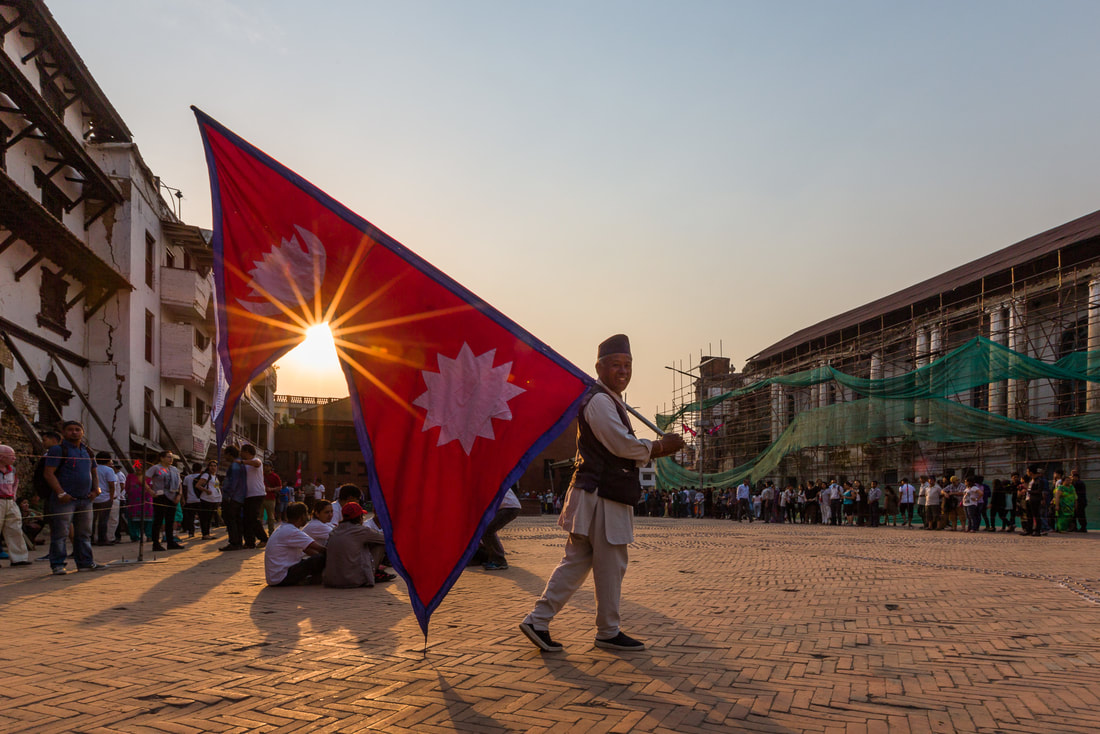
Nepal is the only flag in the world that is a nonquadrilateral national flag. Nepal’s flag with two triangles shapes stacked on one another with colored red and its crimson with blue borders. The flag has two symbols: moon and sun. The red color signifies the national flowers rhododendron while the blue color is peace. The sun and moon represent the bravery of the warriors and peace.
Living Goddess
Image Source: WelcomeNepal
Nepal is the home of living goddess where you can get to see in real. Kumari is the traditional worshipping young pre-pubescent girl selected and manifestation of divine female energy or Devi in Hindu religion. Kumari stays in the Kumari house in Kathmandu Durbar Square also known as goddess Durga.
Cow is considered God
Cows are considered sacred in Nepal. Cow is national animal of Nepal and Hindu worshiped as a goddess Laxmi during the Hindu festival of Tihar. It is illegal to kill or eat the meat of a cow. The cow has religious values in Hindu religion.
Greetings
Namaste’is the way to greet everyone in Nepal. Joined two palms together with bowing their heads, at the same time. It is how to show respect and gratitude by using your both hands rather than a handshake when taking or giving things or even money.
Birthplace of Gautam Buddha
Nepal is the birthplace of Lord Gautam Buddha. Lord Buddha is known as Siddhartha Gautama who was born in Kapilvastu, Lumbini. Lord Buddha was the creator of the Buddhism. He taught that pain is a part of life and end the pain doing good things and training one’s mind in a difficult situation.
Food is tasty in Nepal
Image Source: Inside Himalayas
Nepal’s famous fast food is Momo. Momo is made of flour and water then fills the blended meat and steamed. Then served with a dipping sauce. Momo is local fast food and loved by all Nepalese.
World Heritage Sites
Image Source: PlacetoTravel
Nepal has the densest concentration of World Heritage Site. Kathmandu Valley alone has seven World Heritage Cultural sides within a radius of 15 kilometers.
National Parks
The protected area has cover mainly the forest land and various altitudes over Nepal. Nepal has ten national park, three wildlife reserves, six conservation areas and one hunting reserve. The Sukhlaphant and Parsa Reserves were upgraded to National Park in 2017. Chitwan is the oldest national park of Nepal. Chitwan National Park and Sagarmatha National Park both are enlisted in World Heritage Site.
Glacier Lakes
Nepal is home of many glacier lakes in Himalayas region on the earth. Many travelers visit the Himalaya region as their primarily trip. Tilicho lake is the highest lake on the planet where the Shey Pokshundo Lake is the deepest lake of the Himalaya region. And Rara Lake is the largest lake surrounded by the dense of the forest.
Variation of Altitudes
Nepal has a different variation of altitudes and climates. Nepal is topographically divided into three regions: Himalaya region, Hilly region, and Terai region. Each area varies with varying ranges of elevations and climates. Nepal has four seasons: spring, summer, autumn, and winter. The Terai is hottest where the Himalaya is the coldest region of Nepal.
Biodiversity
Nepal is rich in biodiversity and the diversity. There are various types of flora and fauna found in Nepal. Also, found many wildlife and medicinal herbs which cannot be founded in the world. Yarshaghumba (Ophiocordyceps sinensis is an entomopathogenic fungus) is found in the mountainous region of Nepal. Wildlife such as One horn-Rhino and Royal Bengal tiger can seen in the Wildlife Reserves.

